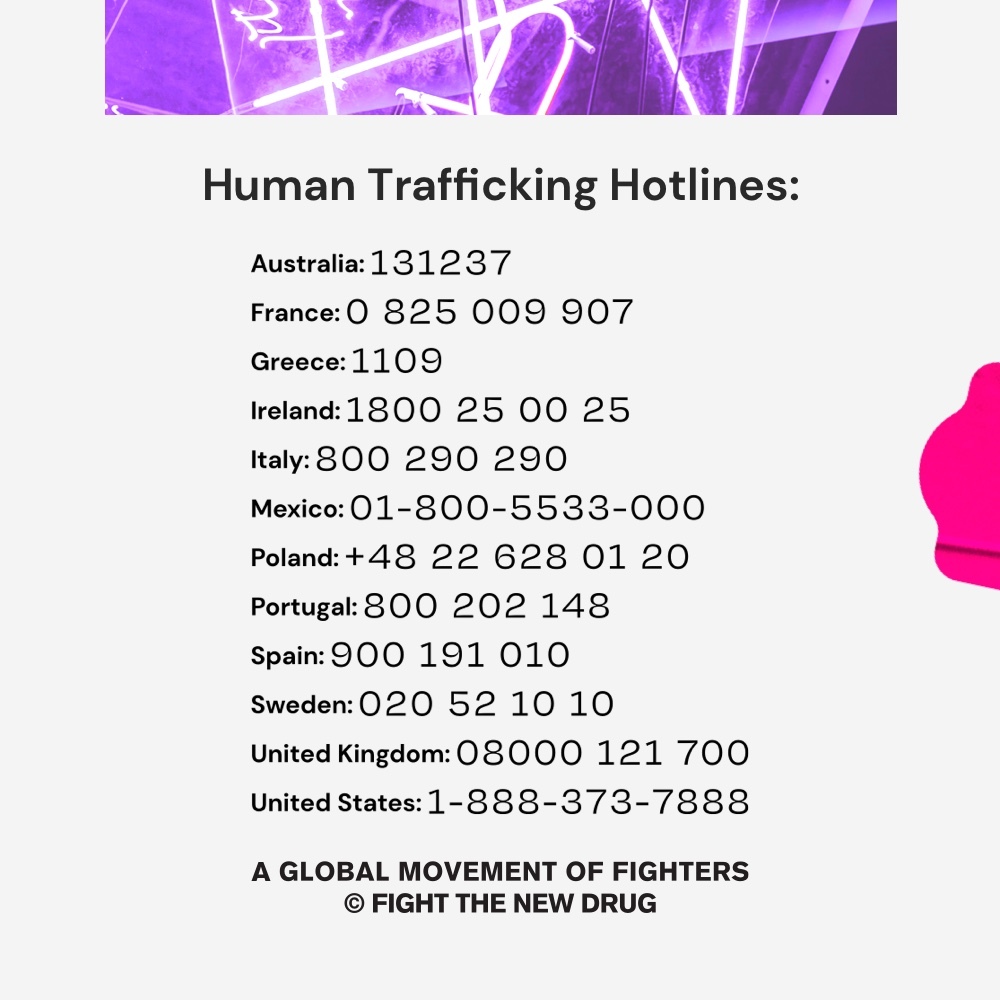AUGUST 27, 2020
In 2019, Facebook was sued by a 15-year-old sex trafficking survivor.
The suit originated in Houston, and it said that “Jane Doe”—the pseudonym given to the trafficking survivor—was only 12 years old when Facebook permitted her first contact with the man who trafficked her.
The man allegedly used Facebook to message and groom Doe for a period of six months before eventually convincing her to meet up with him at a Motel 6. When she showed up, he kidnapped her and sex trafficked her on Backpage.
According to Doe’s attorney, Annie McAdams, this heartbreaking story is anything but unique. The common plotline goes something like this: traffickers use social media to find and coerce and/or manipulate victims into meeting with them before the trafficker kidnap and exploits them.
Related: Sex Trafficker Sentenced To 122 Years For Using Facebook To Recruit Underage Students
McAdams states, “We represent thousands of trafficking victims and it’s like the same story. Different kid same story.”
In her 61-page suit, Doe’s attorney argued that her trafficking was caused by Facebook not providing the safe environment it claims to provide.
While we at Fight The New Drug don’t know the exact truth regarding the specific allegations made against Facebook in this lawsuit, research clearly suggests that social media is being used by traffickers to connect with potential victims.
Don’t believe us? Let’s check the facts.
Is social media being used for trafficking?
Assuming Doe’s trafficker did get hold of her through Facebook, the answer to whether social media is being used for trafficking is a “yes”—one that becomes considerably more resounding when taking into account McAdams’ representation of thousands of victims with similar stories. Consider also that Facebook is the most popular social media site.
A study performed by The University of Toledo (UT) Human Trafficking and Social Justice Institute also strongly supported this and found that social media is increasingly being utilized as a medium to contact, recruit, and sell children for sex.
Related: How One Teen’s Dream “Modeling Opportunity” Turned Into A Sex Trafficking Nightmare
This, obviously, is not acceptable.
Why is social media being used for trafficking?
In the UT study, a true story shared by an unnamed expert offers a clear example of why social media is used so often by traffickers.
In the real-life example, a trafficker used social media to connect with a vulnerable, young girl. She was an easy target because of how unhappy she was at the foster home she was living in—something the man immediately garnered from the girl’s profile. In only a matter of hours after their initial social media-induced connection, he had picked her up at her foster home in Toledo and taken her to Columbus to traffic her.
Related: How This Woman’s Tinder Relationship Became A Sex Trafficking Nightmare
Clearly, what once was impossible has been made possible through social media.
Traffickers not only have immediate access to their victims, but they also have immediate access to a wealth of information about those victims such as what they look like, what their interests are, whether they are happy or not, where they are, who they spend time with, among other information.
Not only that, but traffickers can do their research and contact their victim all while protecting their own identities. UT professor of social work and director of the UT Human Trafficking and Social Justice Institute, Dr. Celia Williamson, cites a 2018 report that says 42% of trafficking victims who met their trafficker online never actually met their trafficker in person.
How is social media being used to traffic?
Traffickers use social media to specifically seek out vulnerable children—and they can reach out to all of those children at one time.
According to the experts from the UT study, traffickers are drawn to children who post expressions of fear, emptiness, and disappointment, such as “nobody gets me,” “my life sucks,” “I need to get out of here,” and more. Traffickers also look for indicators of substance abuse, runaway activity, and home instability.
Related: How To Identify Sex Trafficking Victims And Stop Contributing To Sexual Exploitation
From there, the traffickers will further educate themselves on their potential victim by studying other posts their potential victim makes on his or her commonly used view-and-comment sites like Facebook, Instagram, Tinder, and others.
To explain how traffickers use social media for trafficking, one professional from the study commented, “These guys, they learn about the girls and pretend to understand them, and so these girls, who are feeling not understood and not loved and not beautiful … these guys are very good at sort of pretending that they are all of these things and they really understand them.”
Traffickers’ strategic responses include phrases like, ”I think you’re beautiful,” “I’ll encourage you to show your body,” and “I’ll protect you,” to get the victim’s guard down and establish trust.
After trust is built, traffickers will convince the potential victim to meet up with them or may even coerce the potential victim to send a risky picture, which the trafficker can then use to extort the potential victim.

Social media can help victims, too
While McAdams’ caseload and UT’s study both show how social media can be used to coerce and manipulate potential trafficking victims, a conversation we shared with the head of an Illinois-based anti-sex trafficking nonprofit, “Annie,” illuminated how social media can also be used to help victims.
“We occasionally use fake profiles to connect with other trafficking victims. This approach serves two purposes. First, it may allow us to catch the trafficker. Because traffickers often check their victims’ social media accounts, we can make ourselves look like an easy target who the trafficker might want to connect with. Second, and more importantly, we can check on the status of the trafficker’s victim and potentially even rescue them,” Annie says.
Related: How “Recruiters” Use Social Media To Trick Teens Into Cam Model Scams
But there’s also a way potential victims can be protected over social media before a situation escalates.
According to the experts, it’s by communicating openly with trusted older figures, such as parents and mentors—they form the front line in the fight.
Now, we know having older people check your online presence isn’t cool, but it is the safest option.
And, in this case, the safest option is most definitely the best option.
Click here to learn more about how porn and sex trafficking are inseparably connected.

Comment
A sad story and unfortunately one of many. A young girl was groomed, kidnapped, and trafficked by a stranger she met on Facebook. As the article states she is suing Facebook for “permitting her first contract’. I think that begs the question, does social media have control over how their users use their platform?




